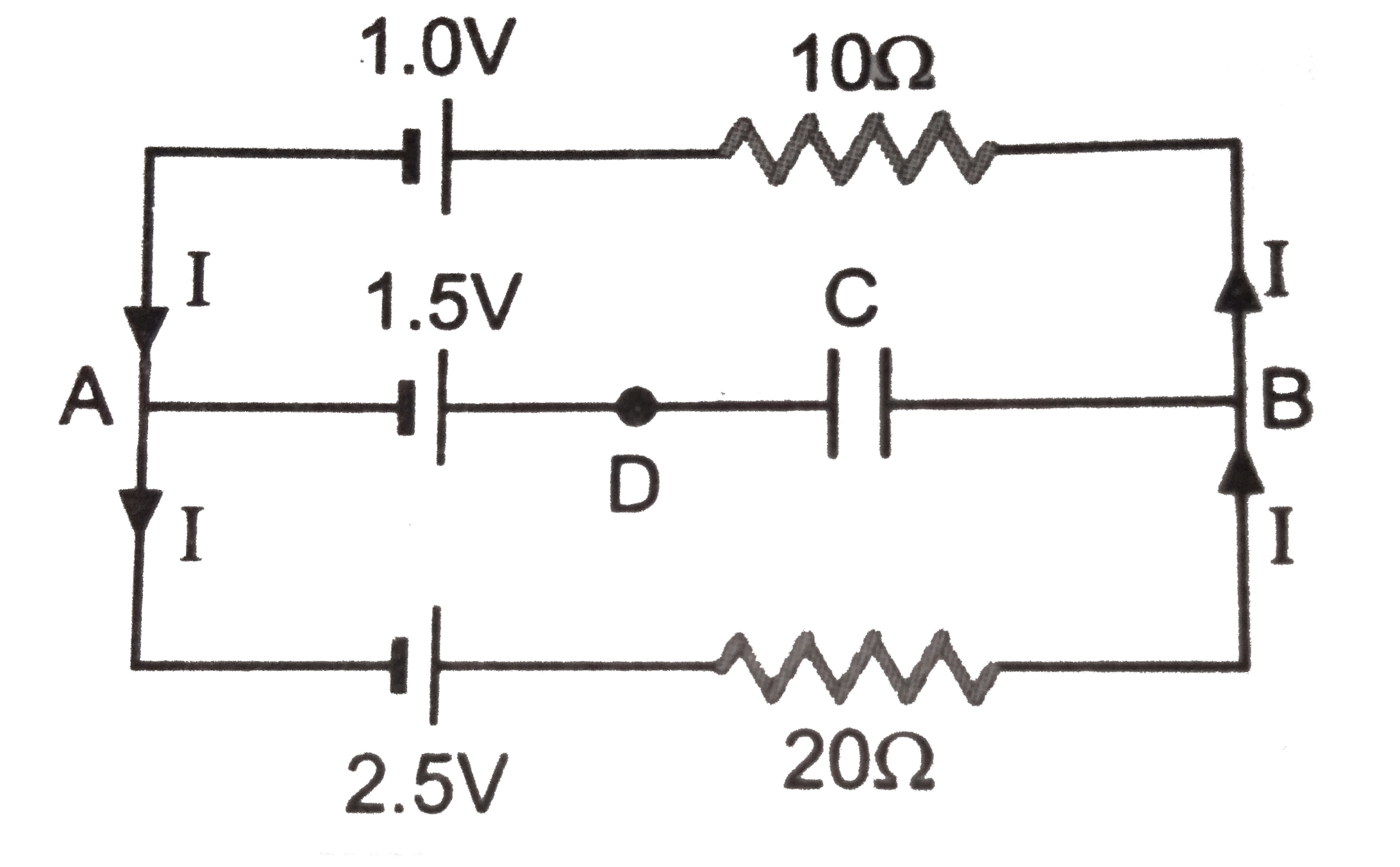A parallel plate capacitor has two layers of dielectrons as shown in figure. This capacitor is connected across a battery, then the ratio of potential difference across the dielectric layers is

4/3
1/2
1/3
3/2
The correct Answer is:D
Step by step video, text & image solution for A parallel plate capacitor has two layers of dielectrons as shown in figure. This capacitor is connected across a battery, then the ratio of potential difference across the dielectric layers is by Physics experts to help you in doubts & scoring excellent marks in Class 11 exams.
Topper's Solved these Questions
- BOOK - DC PANDEYCHAPTER - ELECTROSTATICSEXERCISE - JEE Advanced44videos
ELECTROSTATICS
- BOOK - DC PANDEYCHAPTER - ELECTROSTATICSEXERCISE - Comprehension36videos
ELECTROSTATICS
- BOOK - DC PANDEYCHAPTER - ELASTICITYEXERCISE - Medical entrances s gallery21videos
ELASTICITY
- BOOK - DC PANDEYCHAPTER - EXPERIMENTSEXERCISE - Subjective15videos
EXPERIMENTS
Similar Questions
Knowledge Check
- Question 1 - Select One
A parallel plate capacitor has two layers of dielectric as shown in figure. This capacitor is connected across a battery. The graph which shows the variation of electric field (E) and distance (X) from left plate.
 A
A B
B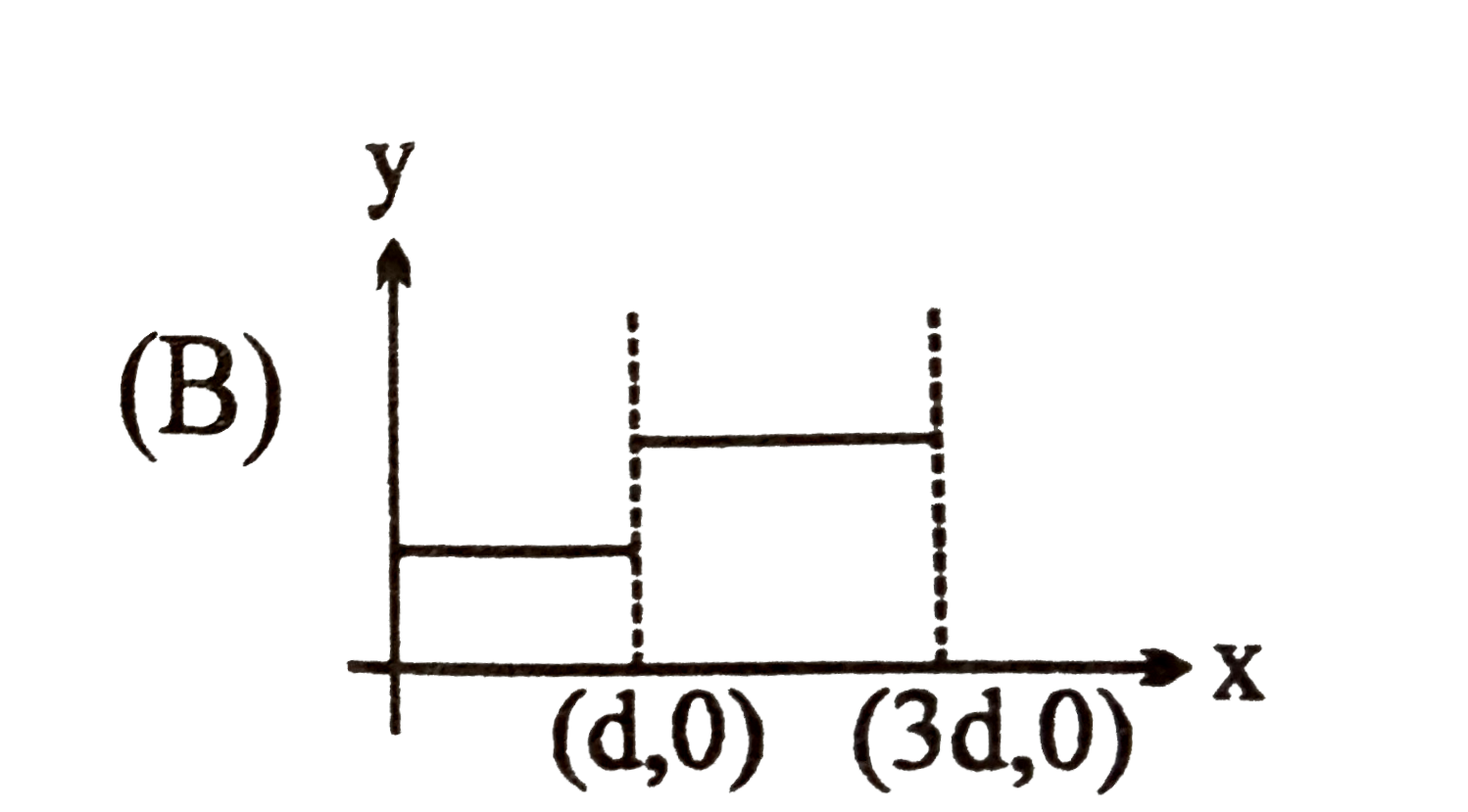 C
C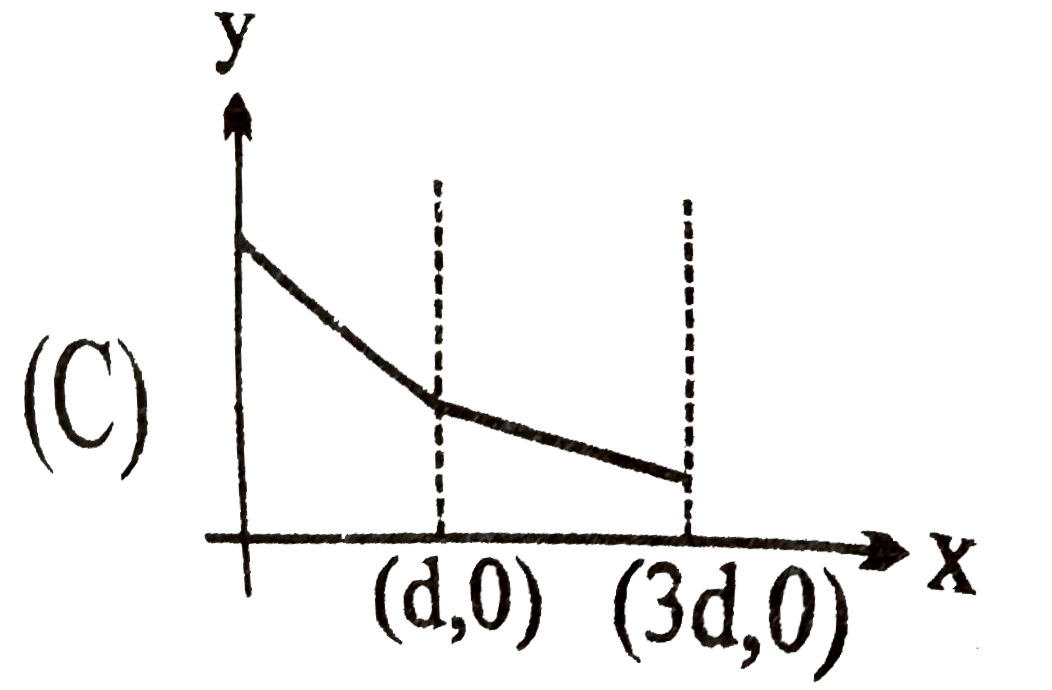 D
D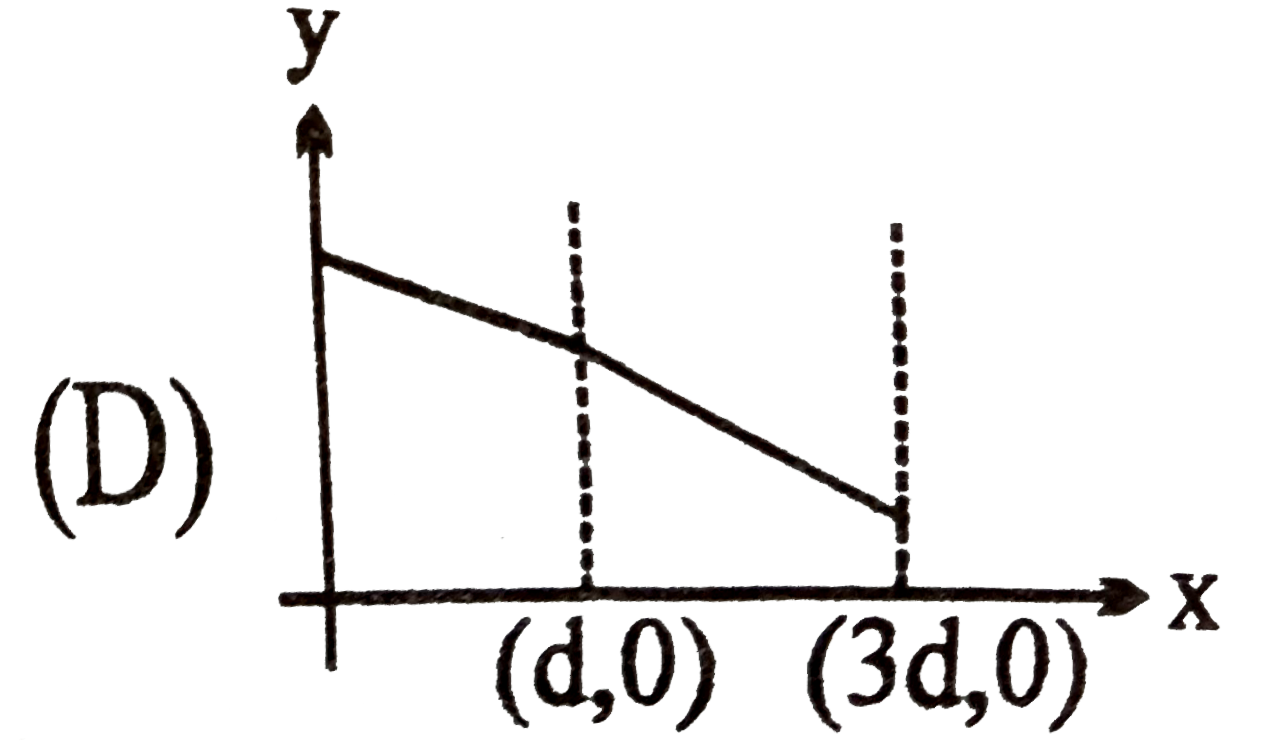
- Question 2 - Select One
The displacement current flows in the dielectric of a capacitor when the potential difference across its plates-
Abecomes zeroBhas assumed a constant valueCis increasing with timeDdecreasing with time - Question 3 - Select One
Assertion: When an uncharged capacitor is connected across a battery, half the work done by the battery is stored as electric potential energy inside the capacitor and remaining half is dissipated in the form of heat.
Reason: When an uncharged capacitor is connected across the battery then potential difference between the plates of capacitor increases from zero to the value of EMF of battery but battery supplies charge at the constant potential difference.AIf both assertion and reason are correct and reason is a correct explanation of the assertion.BIf both assertion and reason are correct but reason is not the correct explanation of assertion.CIf assertion is correct but reason is incorrect.DIf assertion is incorrect but reason is correct.
Five capacitors are connected across a battery of 5V as shown in figure (o). Calculate the potential difference across the plates of the 5μF capacitor.
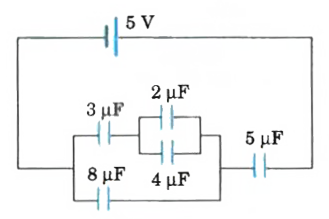 View Solution
View SolutionThe plates of a parallel plate capacitor are charged to a potential difference of 117 V and then connected across a resistor. The potential difference across the capacitor decreases exponentially with to time. After 1s the potential difference between the plates is 39 V, then after 2s from the start, the potential difference (in V) between the plates is
View SolutionThe plates of a parallel plate capacitor are charged to a potential difference of 117 V and then connected across a resistor. The potential difference across the capacitor decreases exponentially with to time. After 1s the potential difference between the plates is 39 V, then after 2s from the start, the potential difference (in V) between the plates is
View SolutionIn a ircuit shown in figure, the potential difference across the capacitor of 2μF is
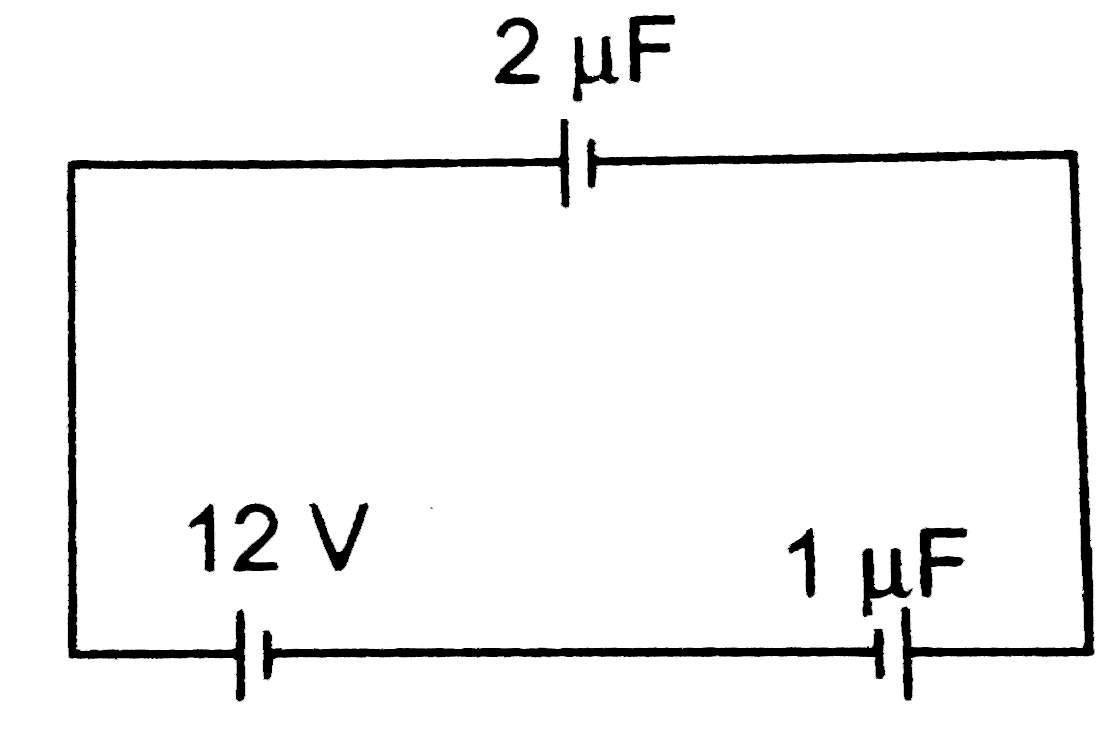 View Solution
View SolutionIn the circuit shown in the figure, the potential difference across the 4.5μF capacitor is
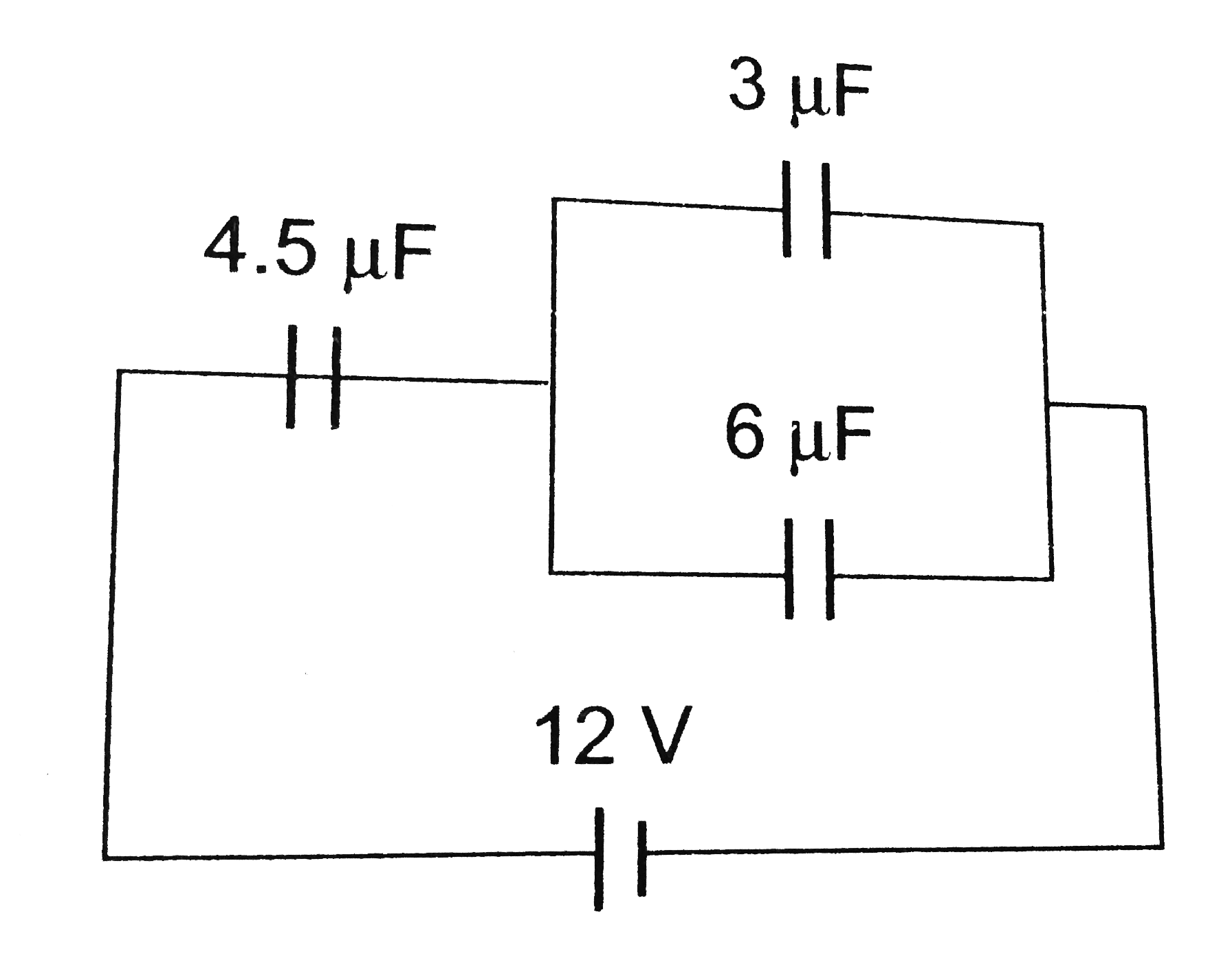 View Solution
View Solution


